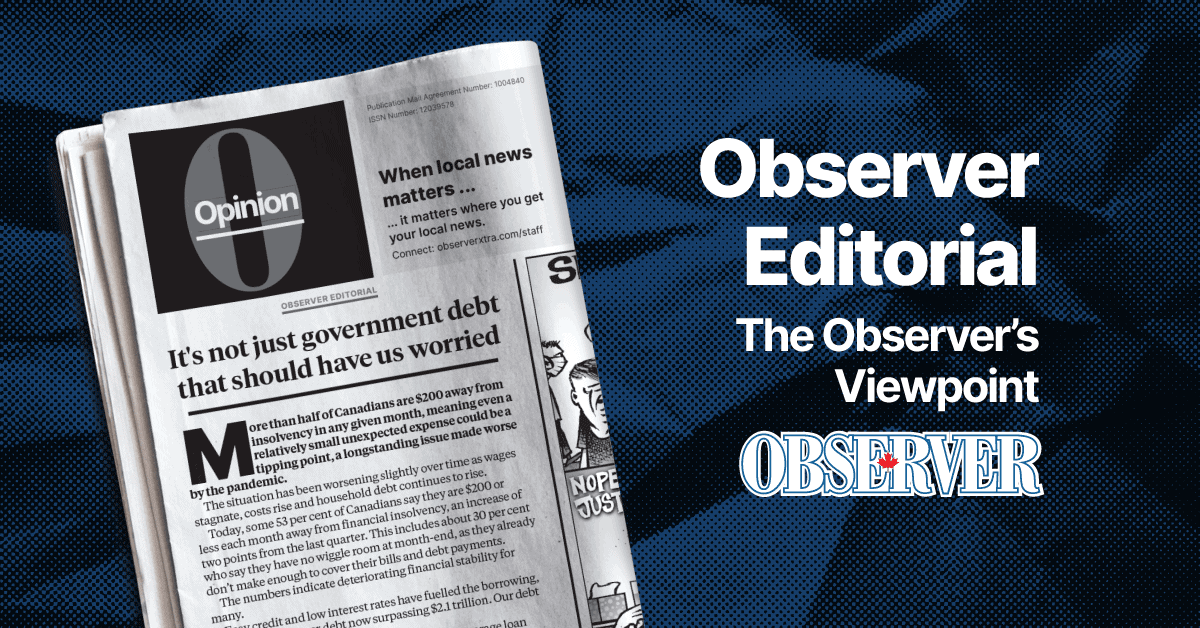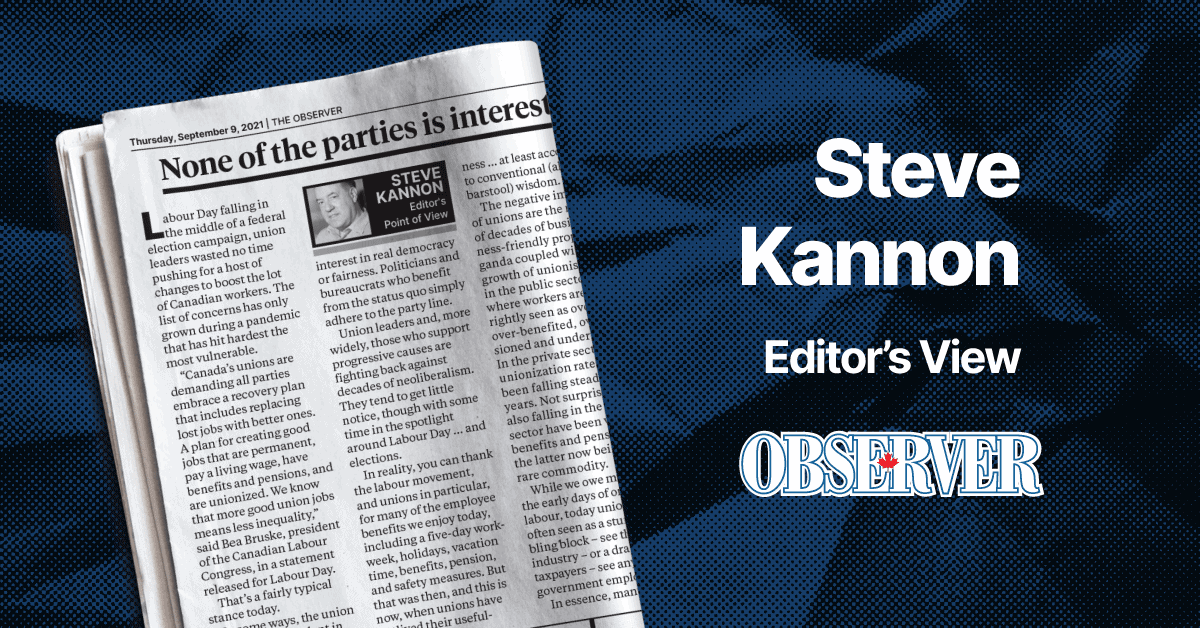;
;
;


Last updated on Aug 31, 23
Posted on Oct 06, 22
5 min read


Elmira, Ontario, Canada
A community newspaper journalist for three decades, Steve Kannon is the editor of the Observer.